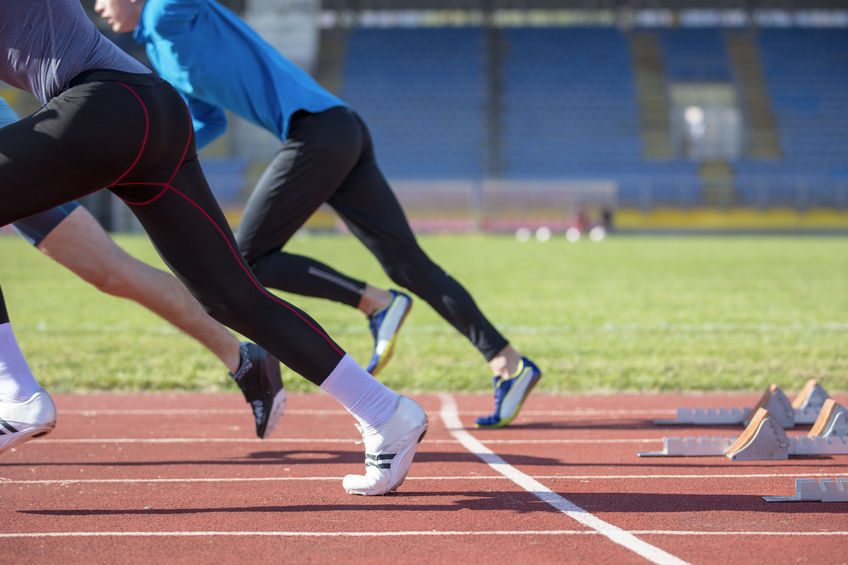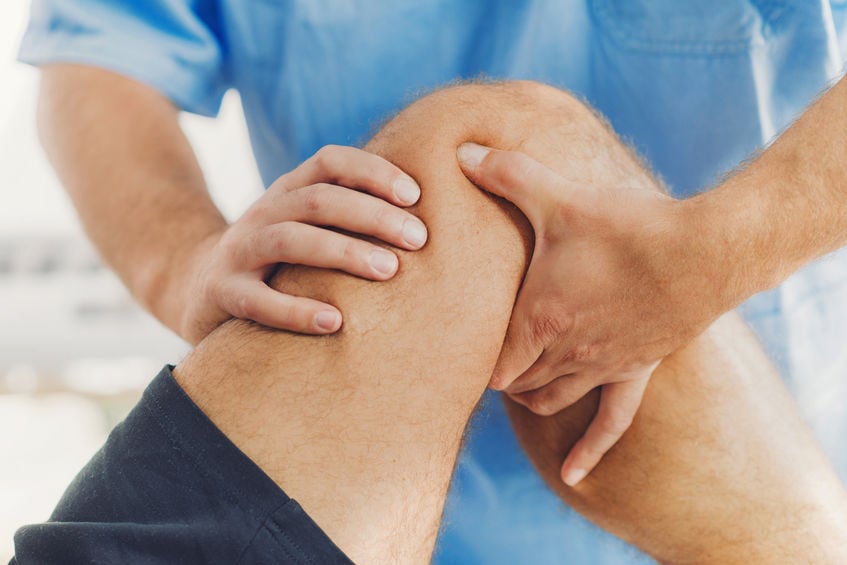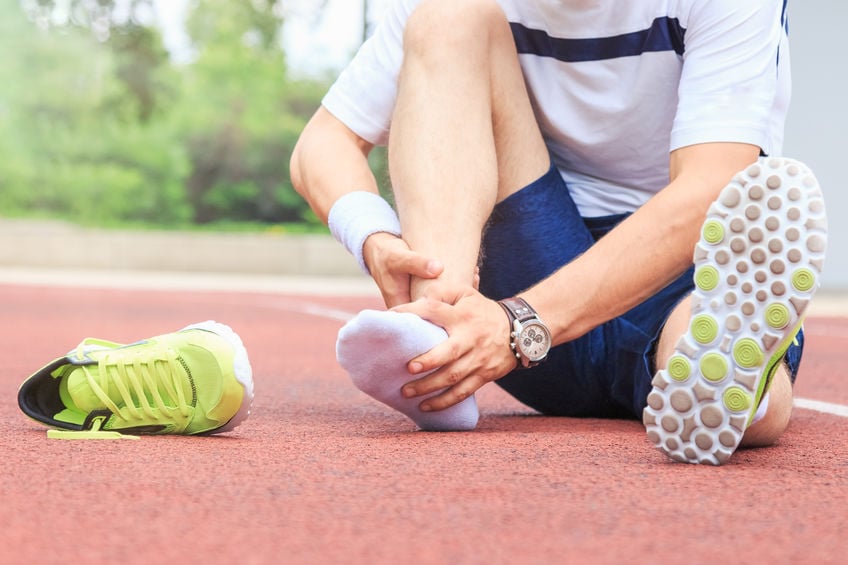The Power Of Sports Medicine
Seasoned athletes and weekend warriors have one thing in common. Playing hard can be painful. Millions of sports injuries happen every year, and these injuries have opened the door for sports medicine. Sports medicine practitioners have specialized knowledge to treat athletic injuries. In some countries, sports medicine is a stand-alone medical field. The goal is to reduce pain, heal, improve flexibility, and get athletes back on the field again.
Common sports injuries
In contact sports like football, soccer, and basketball, the risk of injury is high. Even in sports like golf and tennis, long-term injuries are common. Sports medicine focuses on the use of the musculoskeletal system. Collisions, hyperextension, and overuse of these muscles can cause inflammation of tendons, ligaments, and surrounding muscle tissue. More severe injuries include ligament tears, joint conditions, and bone fractures. Thankfully, sports medicine specialists have developed several techniques to treat these painful injuries.
Pain management treatments
Joint conditions due to overuse are the most common type of sports injury. Tendinitis, tennis elbow, and runner’s knee often means the joints are swollen, inflamed, and painful. Doctors will often turn to pain management techniques to help. These will start with the RICE technique, which combines rest, ice, compression, and elevation. Pain medication, non-steroidal anti-inflammatory drugs (NSAIDs), and corticosteroids keep inflammation at bay. With enough rest, pain management is enough for some athletes to head back on the field.
Physical therapy
Some joint injuries need more than pain management. A hyperextension or collision can stretch tendons and ligaments. In some cases, the surrounding cartilage tears, causing discomfort. Physical therapy added to pain management can get athletes moving again in short order. A physical therapist helps the patient with a combination of stretches, resistance training, and massage. These techniques improve range of motion (ROM) and strengthen the surrounding muscles. Physical therapy can take several weeks but can help some athletes avoid surgery.
PRP and MSC
Regenerative medicine is any technique that uses the body’s natural material to help with healing. Recently, sports medicine has added these techniques with much success. Platelet-rich plasma (PRP) is the most common form of regenerative medicine. Platelets are separated from a patient’s blood sample and injected into the problem areas. Mesenchymal stem cells (MSC) are the patient’s raw stem cells extracted from bone marrow. Like PRP, these stem cells are injected into the injured areas. Regenerative medicine reduces inflammation and even helps to regrow tissue.
Turning to surgery
In cases of severe injury, sports medicine must turn to surgery. The athlete may want to get back on the field as quickly as possible, and surgery may be the only way. Typical examples are bone fractures, ACL tears, or ruptured Achilles. The surgeon will need to reset the bone, reattach tendons, or install a new ligament based on the injury. These surgeries can happen with small incisions, using minimally invasive techniques. Surgery usually has a long rehab, with multiple members of sports medicine involved.
Trust in sports medicine
What separates sports medicine from conventional medicine is the level of detail into how the body works. These medical professionals understand the musculoskeletal system and how best to treat these parts. As therapy progresses, doctors might be able to avoid surgery altogether. Based on the injury, athletes can get maximum treatment with minimum downtime.



